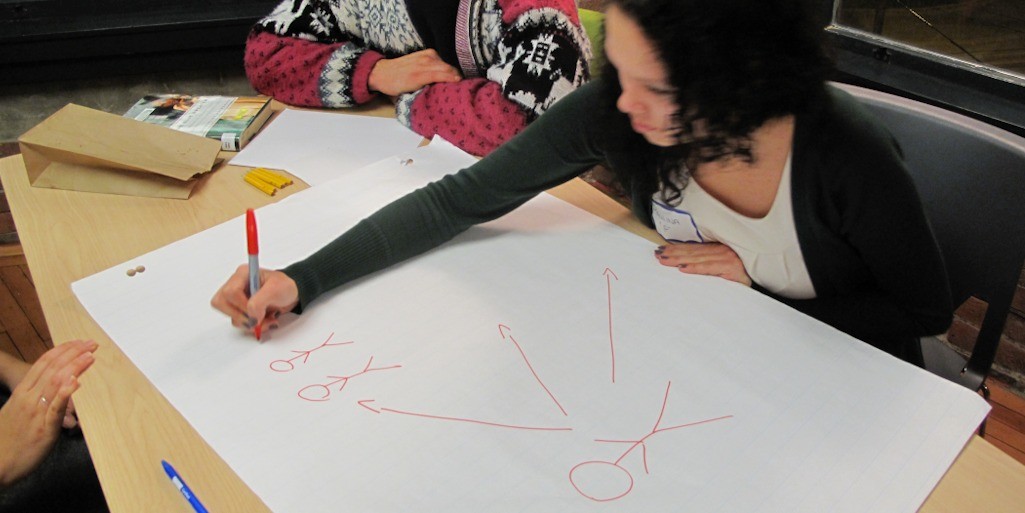Build Your Business
10 mistakes social entrepreneurs make when building their business models
Karuna Jain and Amon Anderson on the common pitfalls social entrepreneurs encounter in modeling for social change
October 06, 2015
Hundreds of social enterprises have come across our desks at Acumen over the past 15 years. As an impact investor, we’ve had some wins, misses (models we passed on that went on to do well), and struggles (models we invested in but never worked quite right). In the process, we’ve learned that no matter how elegant a social enterprise model looks on paper, a lot can go wrong when you bring it to life in the real world.
Mistake #1: Solve problems that are too small
Mistake #2: Prioritize the model over the team
Amon and Karuna can’t emphasize this enough. Your business model is important, but the people behind your company matter just as much, and maybe even more when building a business for social impact. Impact investors assess not just the soundness of your value chain, cost structure, and revenue streams, but also your willingness to learn, listen, pivot, marshal through tough times, work in resource-constrained environments, and maintain your commitment to the poor.
Don’t get so focused on your business model that you underestimate the critical importance of building a team with the right cultural fit.
Do make sure to carve out time to assess the skills of the people you currently have in place, understand how those skills match the demands of your market, and make plans to fill any necessary gaps. Then start from day one to build out a culture where everyone at your company—from the management team to the front-line staff—are committed to the company’s values.
Mistake #3: Invest in sales and marketing before they know their customers
Mistake #4 Lack a clear roadmap for growth
Mistake #5: Lack a plan to reach the poorest and most remote customers
Mistake #6: Fail to appreciate how different micro-markets will respond, even within the same country
Mistake #7: Fail to adequately account for overhead expenses
Efficiencies of scale are what every business strives for. Once you set up several clinics or offices or schools, you can aggregate some functions such as accounting and HR at a central office. However, these central offices still cost money to operate, and some social enterprises forget to account for these expenses as they build their business model. Karuna and Amon have seen enterprises create businesses that are profitable at the unit level (i.e. one individual hospital or one individual school is profitable), but they do not build in adequate profit margins to support the head office. This spells trouble.
Social enterprises should carefully consider the geographic spread over which their various business units (schools, clinics, offices, etc) will be dispersed and determine the optimal number of head offices needed to support business units.
Mistake #8: Underestimate the continuous need to fund research and development
Mistake #9: Underestimate capital requirements for starting a business
Mistake #10: Try doing everything all at once
Social entrepreneurs are ambitious, driven and idealistic (the top reasons Acumen loves working with them so much!) But sometimes social entrepreneurs get so invested in all of the problems their customers are facing that they try to solve too many issues at once. Amon recommends companies in the early-stages of development to find one discrete pain point a customer segment is facing and solve it. Use that success as an entry point to take on other challenges strategically, instead of trying to do everything at once. This principle of “focusing on your core” is also a key factor identified by Bain & Company and Acumen as part of a study of social enterprises in the agricultural sector. To learn how to identify your core and build off it strategically, take this course.
If you can enter a market and solve one key problem for customers first, it helps you build the trust to expand into adjacent products or services later. Have you already got a specific social issue or challenge that you want to focus on tackling, or do you want to find one? Free course Start Your Social Change Journey will help you take the first steps to sustain your social impact efforts and keep your goals on track.


